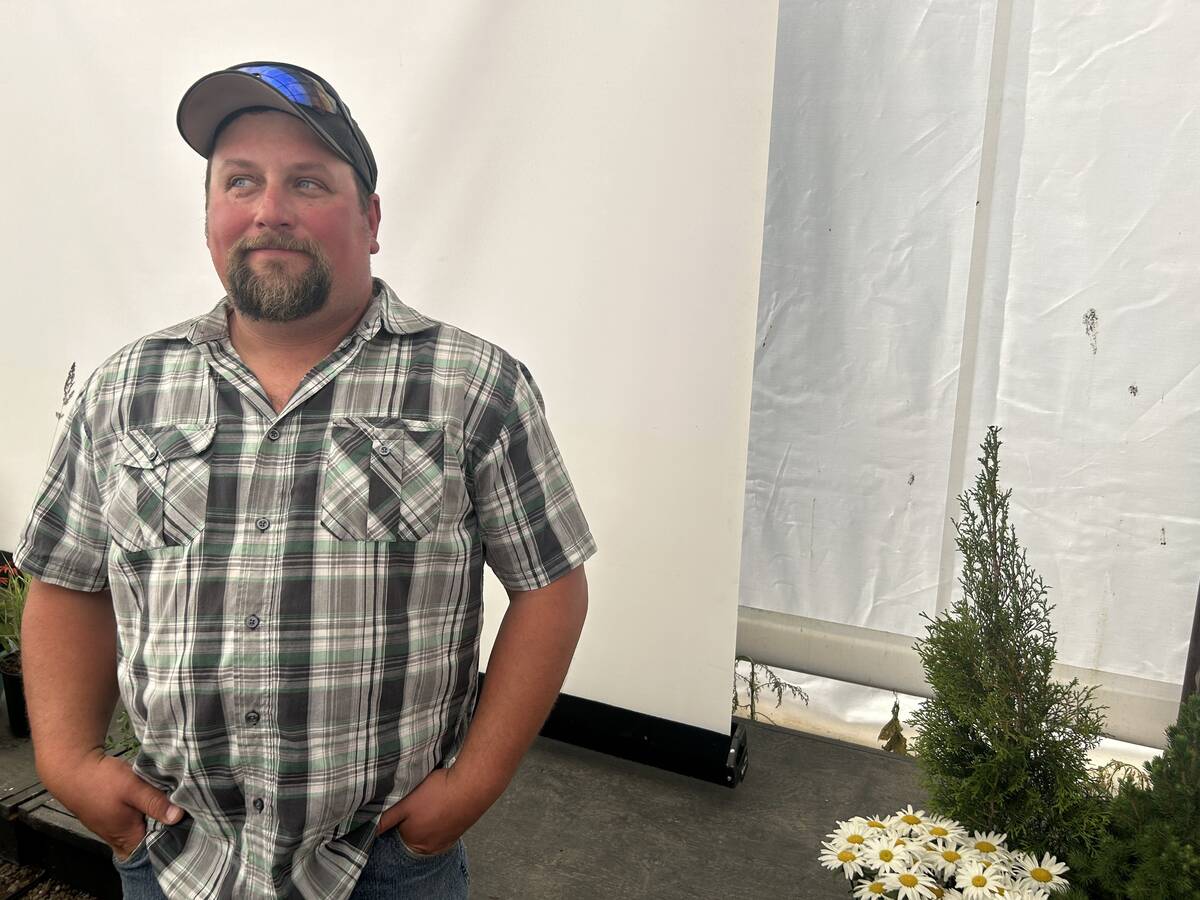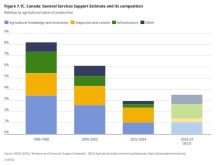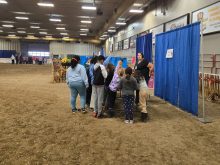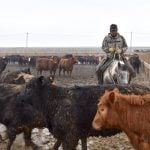Speakers at Manitoba’s latest regenerative agriculture conference had a lot to say about how the farm management philosophy can play into the day-to-day operation of Canadian farms.
WHY IT MATTERS: Regenerative agriculture proponents often note its flexibility which, while a challenge for official certification efforts, they say allows farms to tailor what works for them both environmentally and financially.
Rob Wunder, a fourth-generation farmer from Senlac, Sask., has chosen an integrated regenerative system after witnessing a friend lose money on fed steers and through his own experience with conventional and organic oats.
Read Also

Gene editing against classical swine fever
British scientists have discovered a gene edit that could provide resistance to classical swine fever in pigs and bovine viral diarrhea in cattle
“We can be incredibly, incredibly productive and not make any profit,” Wunder said at the Manitoba Forage and Grassland Association’s (MFGA) 2025 annual Regenerative Agriculture Conference in Brandon Nov. 12-13.

Today, Wunder’s farm mixes cow-calf pairs with diverse annual crops, cover crops and relay crops. By layering enterprises, such as combining a mustard crop with brassicas later grazed by cattle, Wunder says he can generate more revenue per acre than through a standalone commodity. He’s also been able to cut winter feeding costs and reports improved soil on both his owned and rented land.
The key, Wunder says, is that regenerative systems must be designed intentionally.
“Regenerative ag is a thinking person’s game,” he said. “We can do this to regenerate soil and be very profitable at the same time.”
Paying farmers for healthy grassland
Kim Cornish is the executive director of the Food Water Wellness Foundation and project manager of the Regenerative Alberta Living Lab.
Her work is focused on a often-asked question in regenerative agriculture: Outside of cost cutting, how do I get paid extra for what I do?
Carbon offsets, potentially rewarding producers for their management, have been one idea floated for how producers could capture extra financial benefit.
Cornish’s interest began with land that “felt alive,” and expanded into measuring soil carbon and soil function across Alberta, conference attendees heard.
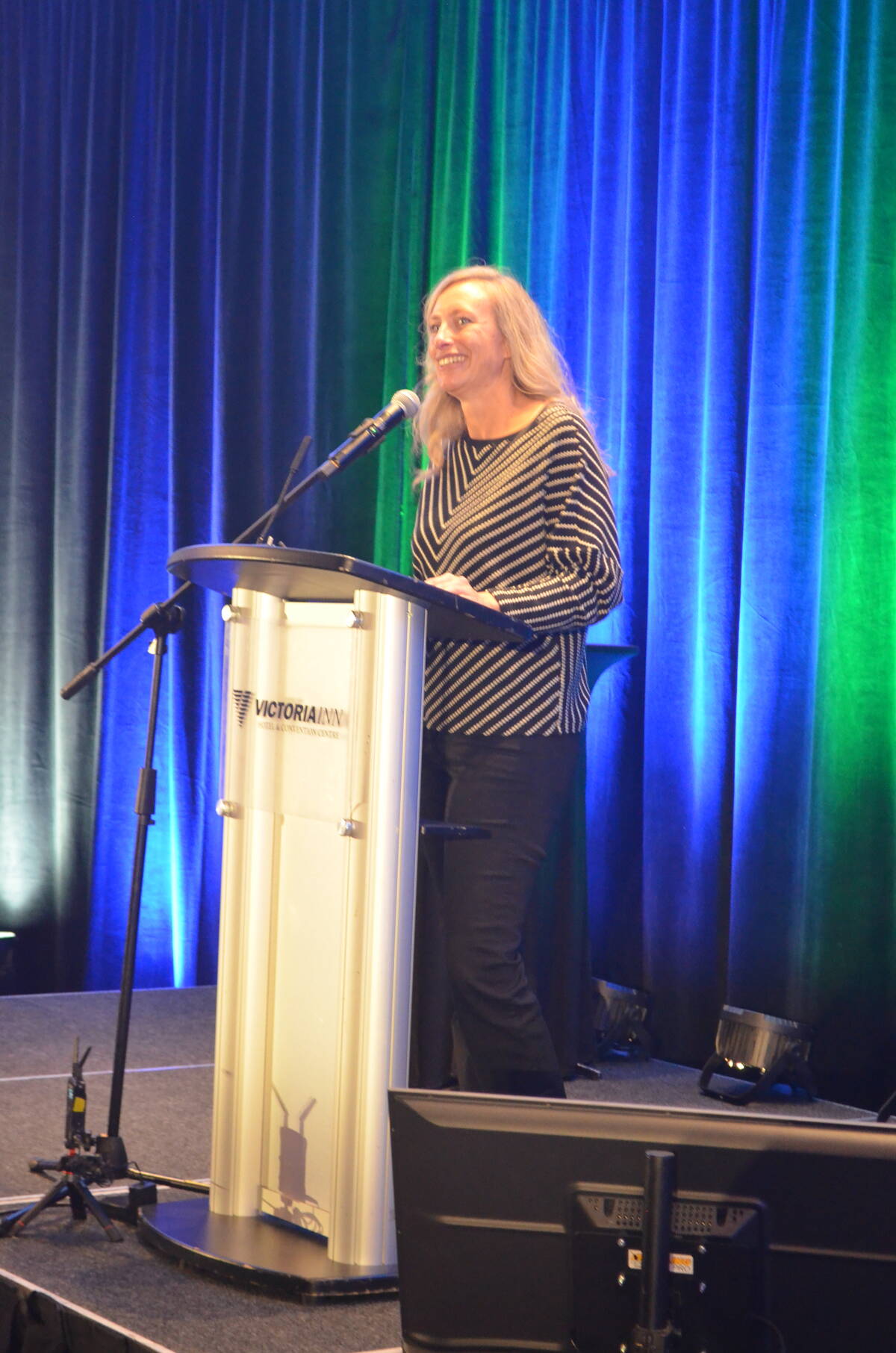
Her team developed mapping tools for large-scale soil carbon measurement, but some problems included the inherent carbon-carrying capacity of certain soils. Lighter soils, for example, are less able to store carbon by weight, potentially penalizing farmers that are doing everything right, but whose land sits on those soil types.
The team later expanded their metrics to aggregate stability, water holding capacity and deep carbon. Through the Living Lab, they’re sampling 111 producers, representing 340,000 acres.
Cornish’s group is also creating new payment models for grassland conservation. While the old program paid uniformly and required easements, hers compares carbon storage directly to nearby cropland and uses a fund that pays annual interest to farmers.
“You don’t have an easement. You can leave at any time, but you surrender that annual payment,” she said, adding that the goal is farmer-specific data and compensation.
Timing is everything in grazing
Grazing consultant Tom Krawiec shared his concept of the “sweet spot,” a stage just before grasses shift into seed production. Taking 20 to 40 per cent of forage at that point keeps plants oriented towards vegetative growth and maximizes soil exudates — the basic organic compounds roots release into the soil — he said.
Grazing in the sweet spot increased weight gains, improved breeding rates and boosted forage quality, according to Krawiec’s research. But it requires strict attention to both rest and graze periods. Krawiec discovered his three-day graze period by watching cattle behaviour and found out that longer stays led to unnoticed overgrazing. Now, Krawiec uses holistic management formulas and argues at least 13 paddocks are needed to maintain proper recovery.

The common thread
Despite their different approaches to regenerative agriculture, Wunder, Cornish and Krawiec all stressed the importance of soil health, observation, economics and the context of each farm.


